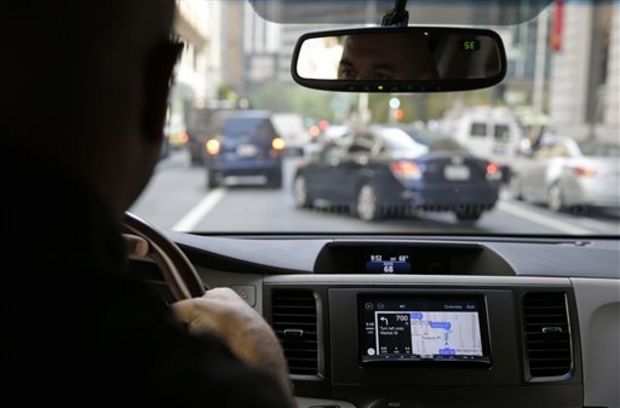Voice commands don’t make driving safer
Even after you use voice command to make a call, switch on the radio or perform other tasks while driving, your mind remains distract...
https://automology.blogspot.com/2015/10/voice-commands-dont-make-driving-safer.html
Even after you use voice command to make a call, switch on the radio or perform other tasks while driving, your mind remains distracted for up to 27 seconds, according to a new study by AAA Foundation for Traffic Safety. The study was one of two that were conducted by the University of Utah for AAA, comparing voice command systems used in various 2015 car models.
The study found that the less distracting infotainment systems were more intuitive and understood voice commands better. The unfortunate system that was deemed most distracting was the one found in the Mazda6. Researchers found that its system responded poorly to voice commands, and required several steps and took longer to complete tasks. For instance, to select a radio station, one had to articulate “frequency” followed by the station’s number.


The study found that the ease of using these systems did not necessarily improve with practice. 257 participants used the different cars for five days, but the tasks they found difficult to do on the first day remained challenging even a few days later.
Mazda has said that an improved system will be used in the 2016 Mazda6 and other new models, which should minimise distraction. “We’re always looking for new ways to make that interface between user and machine smoother and more intuitive,” reads a statement released by the company.
Even with the better voice command systems, drivers remained distracted for at least 15 seconds before returning to full attention, which was measured by the participants’ timed response to a flashing light. And get this – it took older drivers longer to return their wandering attention fully to the task of driving itself.
The studies also observed distraction from using mobile phones via voice command. Google Now was found more intuitive - hence less distracting - than Apple’s Siri or Microsoft’s Cortana.
According to Joel Cooper, a professor of psychology from the university, voice commands tend to be very specific, and when it doesn’t work, the driver’s attention shift from the road to diagnose the problem. “They make a promise that they are a safe alternative, but they just don’t always function as promised,” Cooper said while speaking to The Associated Press.
According to Joel Cooper, a professor of psychology from the university, voice commands tend to be very specific, and when it doesn’t work, the driver’s attention shift from the road to diagnose the problem. “They make a promise that they are a safe alternative, but they just don’t always function as promised,” Cooper said while speaking to The Associated Press.
AAA is sharing the findings of the studies with lawmakers and government agencies, and cautioning drivers to be wary of using voice command systems, even when the car is stationary. AAA President and CEO, Marshall Doney, warns that “the reality is that mental distractions persist and can affect driver attention even after the light turns green.” Within the 27 seconds that follow, the driver could fail to spot STOP signs, pedestrians or vehicles while his/her attention refocuses.
This harkens back to an earlier study by Erie Insurance which showed that distracted driving can come in many forms besides texting. These new studies by AAA point out that you don’t even have to take your eyes off the road for it to qualify as distracted driving - mental distraction can be just as risky and dangerous.
Meanwhile, other autonomous driving technology are being developed and implemented as standard features in newer models – ie. pedestrian/vehicle collision avoidance, lane-keeping assist, and the likes - which can mitigate the dangers of distracted driving. However, until absolute driverless technology is in place, the immediate solution would be to STOP MEDDLING AROUND while driving and, for god's sake, keep your eyes and mind on the road!
top image: Eric Risberg/Associated Press via cbc.ca










